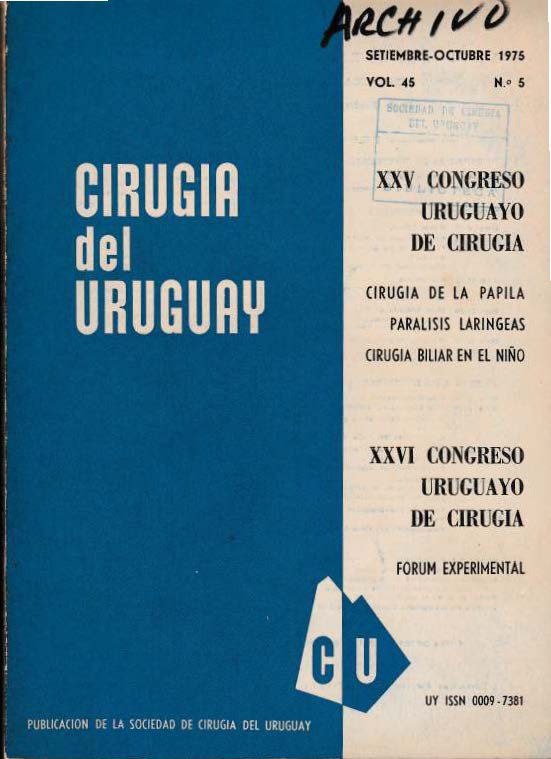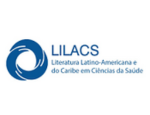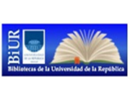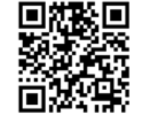Studies of the elimination of Rosa radioactive bengal
Its diagnostic utility in obstructive jaundice of the newborn
Keywords:
jaundice, neonatal, diagnosis, rose bengalAbstract
Experience with RB131I studies in 19 infants with neonatal cholestasis is presented. A first group oí 14 infants was studied with the radioactive rose Bengal test measuring the percentage of injected RB131I excreted in 72-hr. stool collections. Eight iníants with extrahepatic biliary atresia excreted Jess than 5 % oí the injected dose. Three infants with neonatal hepatitis excreted more than 10 % and one excreted 8 % . A newborn with inspissated bile syndrome secondary to hemolytic disease excreted 4 % and 50 days aíter treatment with corticosteroid excreted 39 % oí the injected dose. One iníant with extrahepatic biliary atresia had a false va ue due to urine contamination on the stools.
A second group of 5 infants was studied with the Anger scintillation camera. Serial studies were obtained at 15-30', 60-120' and 24, 48, 72 0 and 96 hr. aíter administration oí 25 ?Ci RB131L. In 2 infants with extrahepatic biliary atresia a total biliary obstructive serial scintigraphy pattern was obtained, with no evidence of excretion oí RB131I into the bowel and persistance oí significant amounts oí activity in the liver. In 3 infants with neonatal hepatitis without severe intrahepatic cholestasis an incomplete biliary obstructive serial scintigraphy pattern was obtained, with evidence of excretion of RB131I into the bowel but delayed in comparisson with the "normal infant".
Downloads
Metrics
Downloads
Published
How to Cite
Issue
Section
License
All articles, videos and images published in Revista Cirugía del Uruguay are under the Creative Commons CC licenses, which is a complement to the traditional copyright, in the following terms: first, the authorship of the referred document must always be acknowledged and secondly none of the article or work published in the journal may have commercial purposes of any nature. The authors retain their copyrights and give the magazine the right of first publication of their work, which will be simultaneously subject to the Creative Commons Attribution-NonCommercial 4.0 International License license that allows the work to be shared whenever the initial publication is indicated in this journal.


























